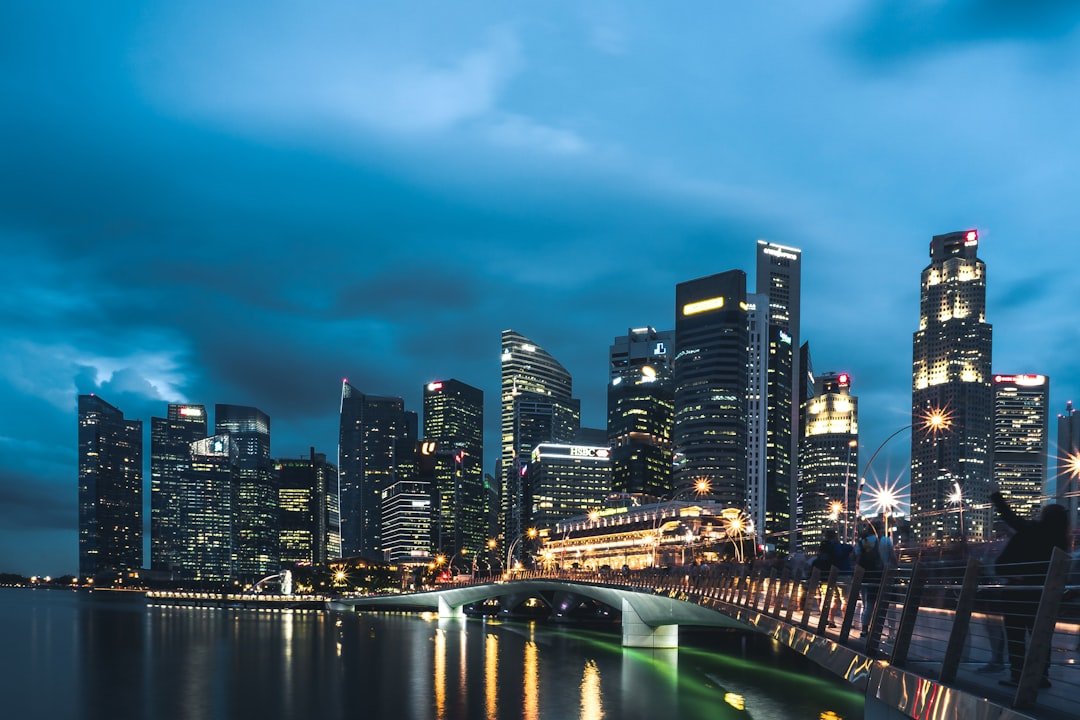Mumbai’s Air Pollution Index: An Extensive Overview Mumbai, India’s vibrant financial hub, is renowned for its dynamic economy, diverse population, & lively culture. But beneath its vibrant exterior is a serious issue: air pollution. In Mumbai, the Air Pollution Index (API) has emerged as a crucial indicator for evaluating the city’s air quality and how it affects citizens’ health and wellbeing. The API has displayed concerning trends over time, indicating the declining quality of the air that presents serious hazards to the environment and public health.
Key Takeaways
- Mumbai’s Air Pollution Index is a measure of the quality of air in the city, indicating the level of pollutants present in the atmosphere.
- Factors contributing to air pollution in Mumbai include vehicular emissions, industrial activities, construction dust, and open burning of waste.
- The Air Quality Index (AQI) is a tool used to communicate the level of air pollution to the public, with different categories indicating different health impacts.
- Air pollution in Mumbai has a significant impact on public health, leading to respiratory diseases, cardiovascular problems, and other health issues.
- Measures taken to reduce air pollution in Mumbai include the implementation of emission standards, promoting public transportation, and increasing green spaces in the city.
Particulate matter (PM2.5 and PM10), nitrogen dioxide (NO2), sulfur dioxide (SO2), carbon monoxide (CO), and ozone (O3) are among the pollutants whose concentrations are measured by the API, a numerical scale. The API in Mumbai frequently rises to dangerous levels, especially during specific seasons when the weather makes pollution worse. As a gauge of environmental health and a call to action for required interventions, an understanding of the API is crucial for both citizens and legislators. Mumbai is one of the most polluted cities in India due to a number of factors that contribute to its high air pollution levels. Vehicle emissions are among the main offenders.
Mumbai has a population of over 20 million, and millions of cars, many of which are outdated models that don’t adhere to current emission regulations, clog its roads. Nitrogen oxides and particulate matter in the air have significantly increased as a result of the growing number of cars, trucks, and two-wheelers. An important factor in the deterioration of air quality is industrial activity. Mumbai and the surrounding area are home to numerous factories & power plants that release significant amounts of pollutants into the atmosphere.
These industries can function without sufficient pollution control measures because strict regulations and enforcement are lacking. Also, the city’s construction projects add to the dust and particulate matter, making the pollution problem worse. A standardized instrument used worldwide to inform the public about air quality levels is the Air Quality Index (AQI). Air quality is categorized into several levels, from “Good” to “Hazardous,” in an understandable format.
| Location | PM2.5 Level (µg/m³) | PM10 Level (µg/m³) | NO2 Level (µg/m³) |
|---|---|---|---|
| Colaba | 45 | 60 | 20 |
| Bandra | 55 | 70 | 25 |
| Andheri | 60 | 75 | 30 |
For both the general public and sensitive groups, each category relates to particular health implications. Several environmental agencies in Mumbai keep a close eye on the AQI, which provides real-time information on the quality of the air. The AQI’s importance stems from its capacity to educate locals about the security of outdoor pursuits. People, especially those with underlying medical conditions like asthma or heart disease, are advised to limit their outdoor exposure when the AQI shows “Unhealthy” or “Very Unhealthy” levels.
Also, the AQI is an essential tool for legislators, assisting them in putting policies into place that will enhance air quality and safeguard public health. Mumbai’s public health is greatly impacted by air pollution in many ways. According to studies, breathing in high concentrations of air pollutants can cause a number of health problems, such as heart problems, respiratory disorders, & even early death. Because their respiratory systems are either still developing or already compromised, children & the elderly are especially at risk.
Also, studies have connected air pollution to mental health problems, indicating that prolonged exposure may exacerbate anxiety & depression. The financial cost of health issues brought on by air pollution is enormous, as it includes higher medical expenses and lost productivity as a result of illness. Mumbai’s struggles are making it more & more obvious that controlling air pollution is crucial for public health as well as the environment. Mumbai’s local and government authorities have taken a number of actions in response to the escalating air pollution crisis. In order to lessen dependency on private vehicles, one important initiative is the promotion of public transportation networks like the Mumbai Metro and local trains.
Authorities aim to drastically reduce vehicle emissions by promoting greater use of public transportation. Also, more stringent rules have been put in place for businesses that operate inside city limits. Monitoring emissions and making sure that environmental regulations are being followed are the responsibilities assigned to the Maharashtra Pollution Control Board (MPCB). In order to improve urban greenery, which can aid in pollutant absorption & enhance air quality generally, programs like tree planting drives and the expansion of green cover are also being promoted.
Mumbai frequently has one of the highest air pollution indices when compared to other major cities worldwide. While Beijing and Delhi have also experienced significant air quality issues, Mumbai’s distinct pollution profile is influenced by its particular geography and climate. For example, Mumbai’s coastal location can result in different patterns of pollutant dispersion, whereas Delhi experiences intense smog during the winter months due to temperature inversions.
The fight against the negative effects of urbanization & industrialization on air quality unites these cities despite their differences. Due to its dense population and economic activity, Mumbai still faces difficulties, even though other cities have made great progress in improving their AQI through creative policies & technologies. The urgent need for all-encompassing strategies catered to Mumbai’s particular situation is highlighted by this comparison. Since air pollution is still a major issue in Mumbai, people can take preventative measures to lessen its negative effects. Using mobile applications or local news sources to stay up to date on daily AQI levels is one efficient tactic. Residents can schedule their outdoor activities appropriately if they are aware of when the air quality is low.
On days with high pollution levels, it can also be advantageous to wear masks made to protect against pollution. N95 or N99 masks offer an extra degree of protection by filtering out dangerous particulate matter. Also, if a person lives in an area with continuously poor air quality, they should think about purchasing air purifiers for their homes. In addition to taking personal precautions, locals can help reduce pollution by implementing eco-friendly habits like carpooling and taking public transportation whenever feasible. Urban air quality can be improved by supporting neighborhood projects that aim to improve green areas.
Future prospects for enhancing Mumbai’s air quality depend on a confluence of community involvement, technology developments, & policy changes. There is a growing movement for sustainable urban planning that gives clean air initiatives top priority as citizens and legislators alike become more conscious of air pollution. Electric cars (EVs) and other cutting-edge technologies are becoming more popular as competitive substitutes for conventional cars that run on fossil fuels. With the help of the government’s aggressive EV adoption goals, vehicle emissions may eventually be greatly reduced.
Further reducing dependency on coal-fired power plants, which are a major source of air pollution, can be achieved through investments in renewable energy sources. The future of Mumbai’s air quality will also be greatly influenced by community involvement. Advocating for cleaner air through grassroots movements can influence policy changes and motivate locals to take action together. All Mumbai residents will have access to clean air in the future if the city cultivates a culture of environmental responsibility & awareness. In conclusion, even though Mumbai has serious air pollution problems, there is hope for improvement if people, communities, & authorities work together.
Residents can help create a healthier & cleaner environment for coming generations by being aware of the causes of poor air quality & taking proactive steps on a personal & systemic level.



